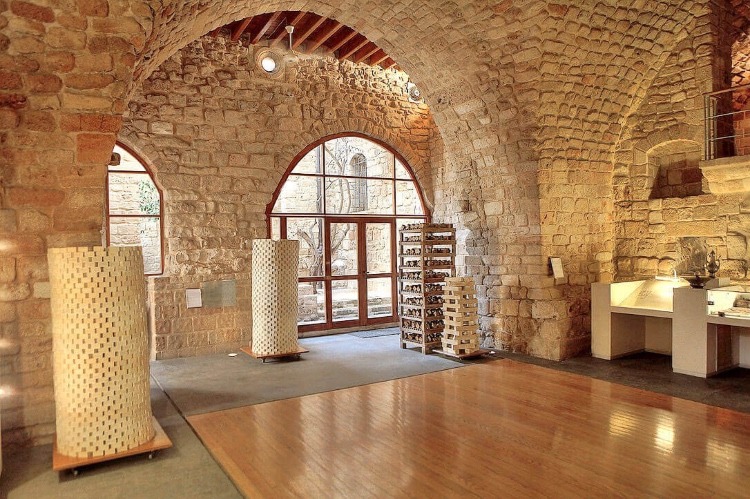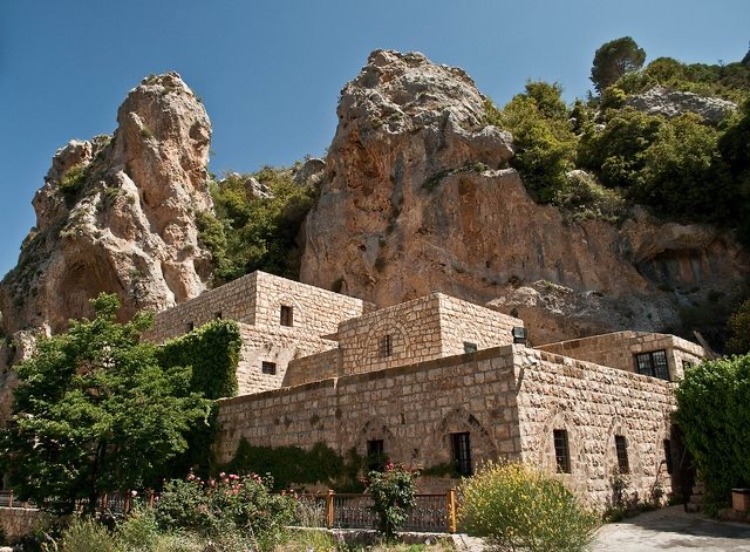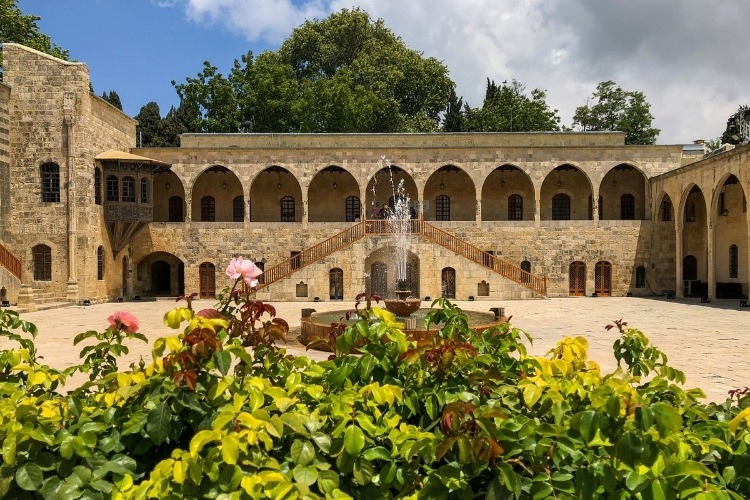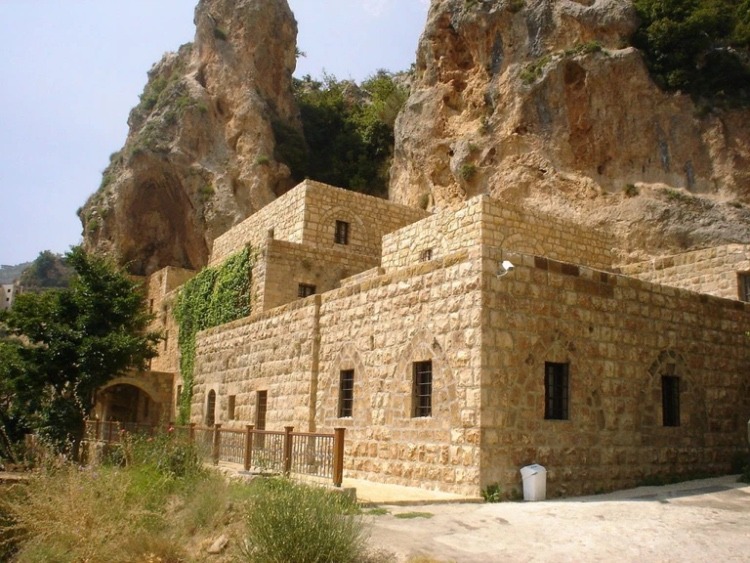According to National Geographic, Lebanon is considered one of the world’s oldest countries and has 7,000 years of history. It is home to one of the most ancient civilizations in the world, Phoenicia. Also, it is a haven for historical museums ranging from modern art and contemporary displays to museums with a number of national and international artifacts. We’ve compiled our favorite museums and their significance.
MIM Mineral Museum, Beirut
Located in Beirut on the campus of Saint Joseph University, MIM is a private museum in Lebanon. More than 1400 minerals from more than 300 different species and 60 different nations are on display in this museum. The variety and caliber of the minerals in this museum’s collection make it one of the top private collections in the world. Upon entry, you’ll find an instructive circuit, accompanied by screens exhibiting scientific documentaries about mineralogy. Popular themed exhibitions portray marine fossils, like the “Fish’n’Stone, which is well-known worldwide and was mined in the Lebanese mountains.

Sidon Soap Museum, Sidon
Located on Al Moutran Street, the Sidon Soap Museum itself dates back to the 17th century. Given that the majority of Lebanon’s exports have historically been made up of goods using olive oil, the site, which was formerly a soap factory, is significant to the history of the country. The Hammoud Family, who funded numerous substantial buildings throughout the Mid-Ottoman Period, supported the construction of the Soap Factory in the middle of the 18th century, upon which the museum was placed. The illustrious Audi family bought it in the late 19th century, and they expanded the business and built a sizable home on top of it. Up until its closure in 1975 as a result of the start of the Lebanese Civil War, the building had been in use as a soap factory for more than 300 years. Now the museum includes an exhibit on how traditional olive oil soap is made and the history of traditional baths or Hammams in the region.

Gibran Museum, Bsharri
Khalil Gibran, a famous Lebanese author who wrote books including The Prophet, The Broken Wings, and Spirits Rebellious, has a museum in his honor. It offers an intriguing scoop into the author’s life. Originally a monastery for monks seeking shelter in the 7th century and home to a hermitage site, the building opened its doors as a museum in 1975. Then the author bought the structure in 1926 with the intention of using it as both his residence and eventual grave. The items from Gibran’s New York apartment were then returned to Lebanon in 1932 and are presently on exhibit according to Travel Triangle. It is located 120 kilometers from Beirut in the city of Bsharri.

Beiteddine Palace, Beit ed-Dine
Located on Beit ed-Dine, Mount Lebanon Governorate, the palace is a museum and is one of Lebanon’s most famous houses. It’s the site for yearly music festivals that are always alive with activity. The rooms of the palace are full of historical artifacts and furniture. Additionally, the museum displays a significant collection of Byzantine mosaics. The majority of them come from the site of the coastal city of Jieh, while the Byzantine-Greek inscriptions appearing on the mosaics date back to the 5th and 6th centuries.

Bsous Silk Museum, Bsous
The Bsous Silk Museum is situated in the Lebanon town of Bsous, which is about 15 kilometers east of Beirut and close to Wadi Chahrour. You may observe the entire silk-producing process at this museum. The Asseily couple, who purchased the property in 1973, are the owners of the cozy and unquestionably lovely museum. The museum displays, in accordance with Artessere, show how the silkworm is “hatched,” followed by the manufacture of silk thread and weaving through the various stages. Domestically produced finished silk products, including nineteenth-century silk pants and traditional Lebanese evening gowns, are also on display.

Since their exhibitions teach us tales about how our country, our communities, and our cultures came to be, museums have played a crucial role in keeping the history of our society alive. Without them, those stories may be forgotten. Now that you are aware of a few Lebanese museums and where to find them, you can understand just how much of a service they offer to the local communities.



